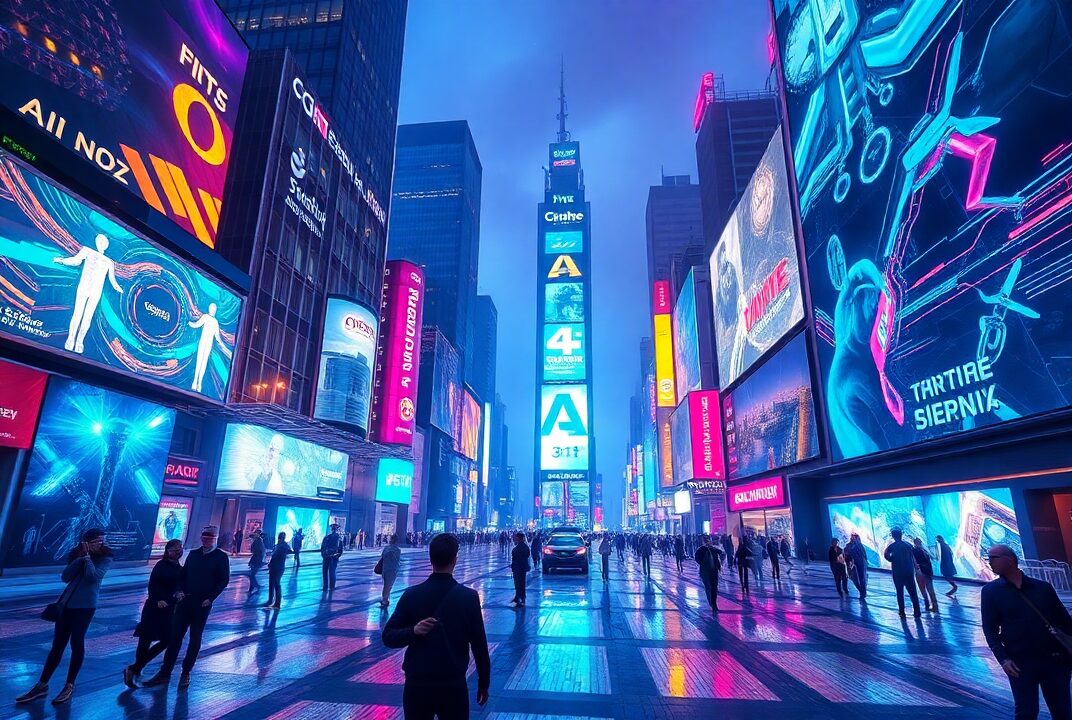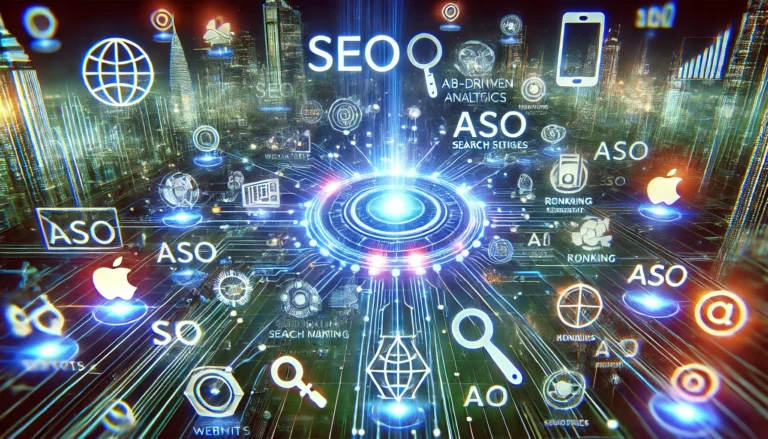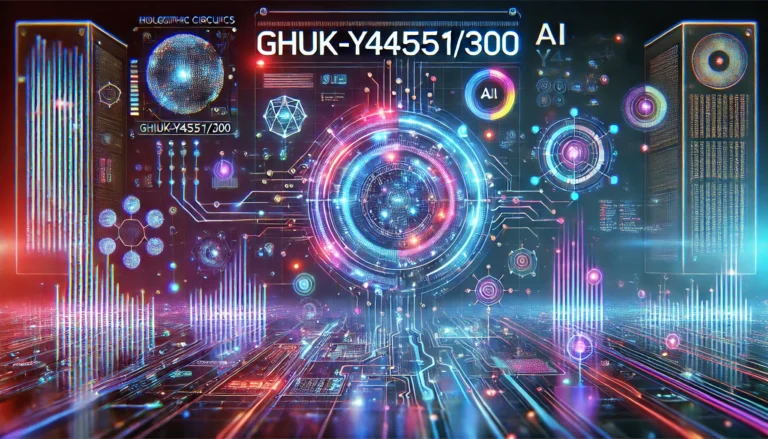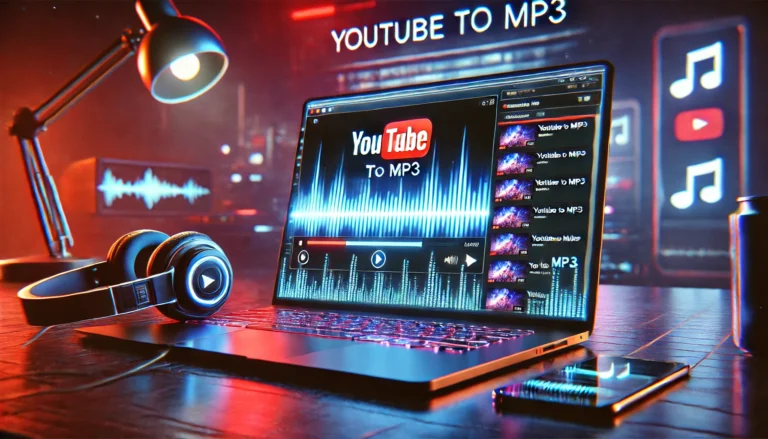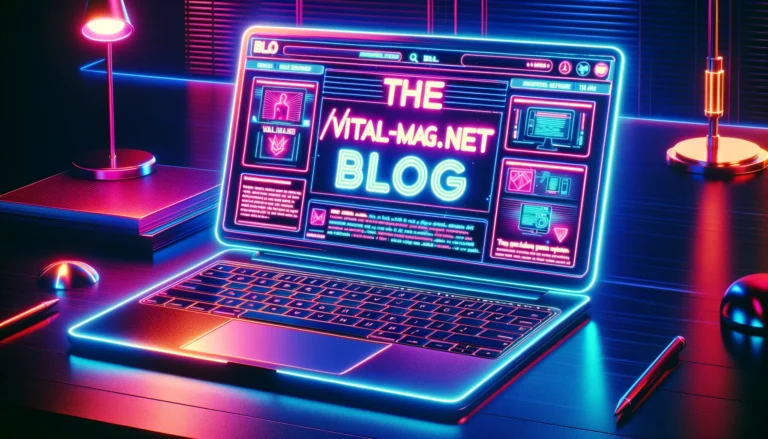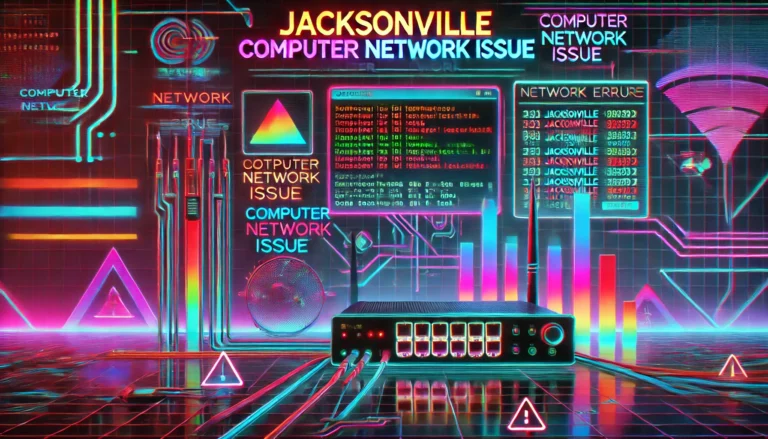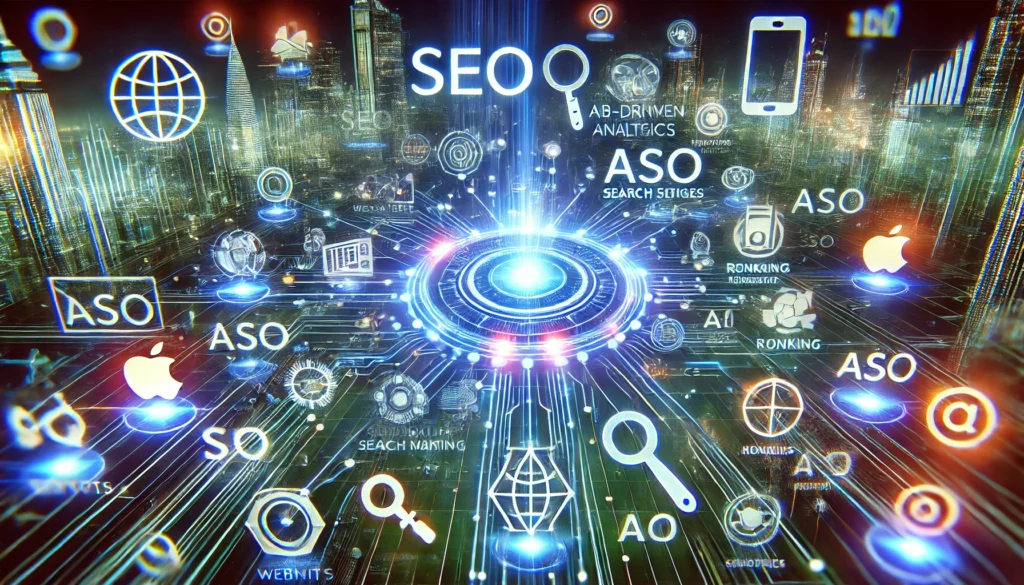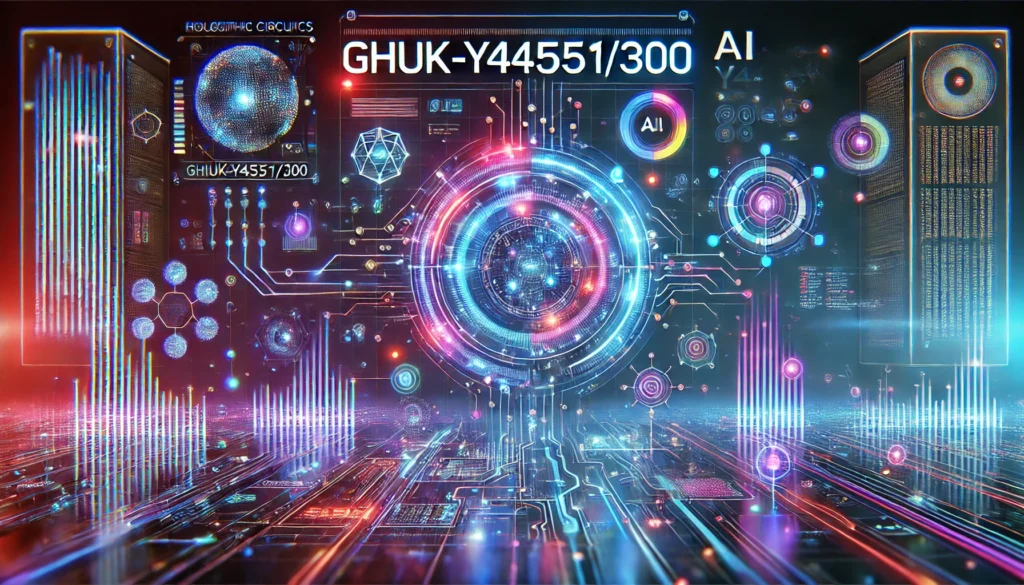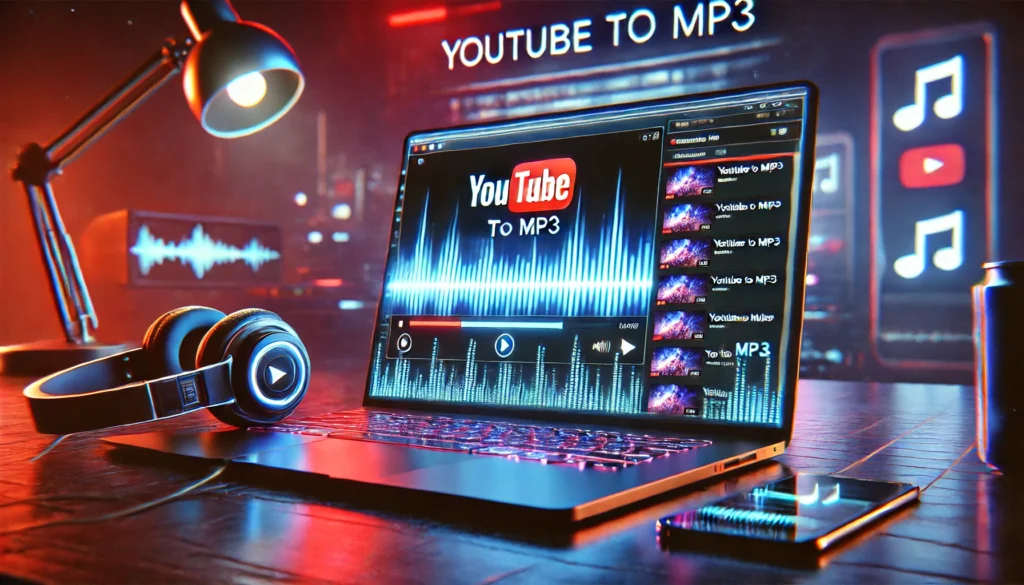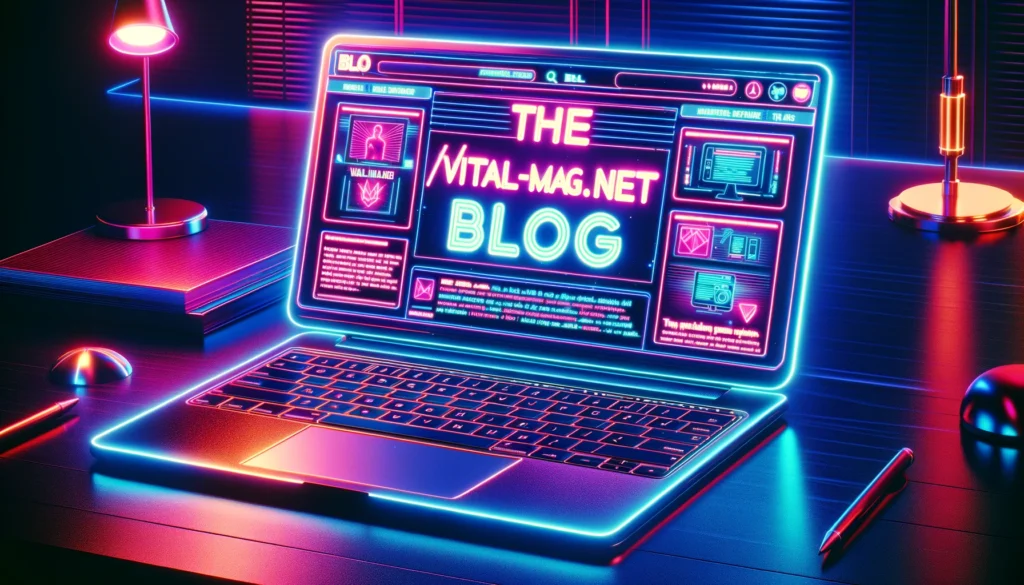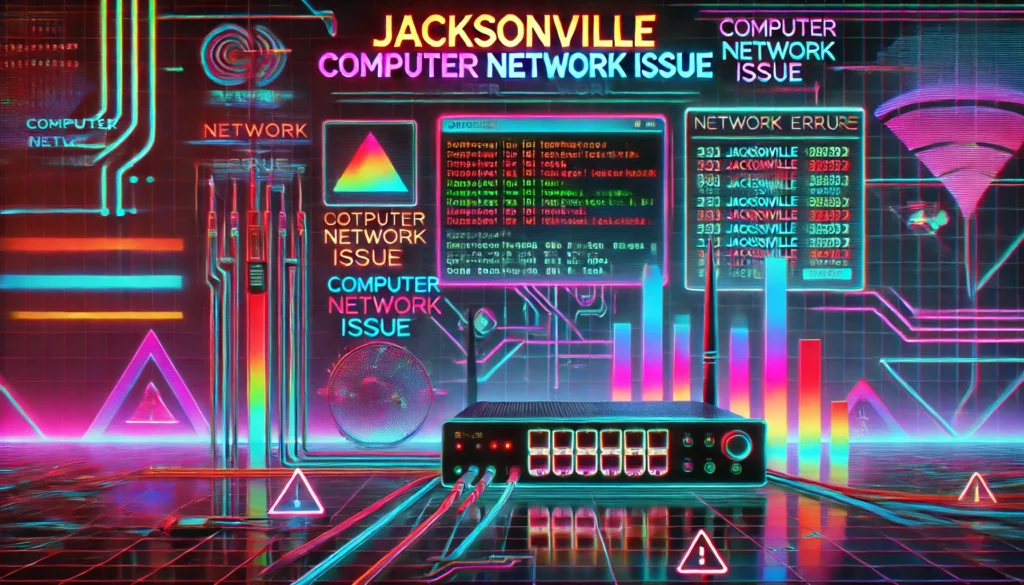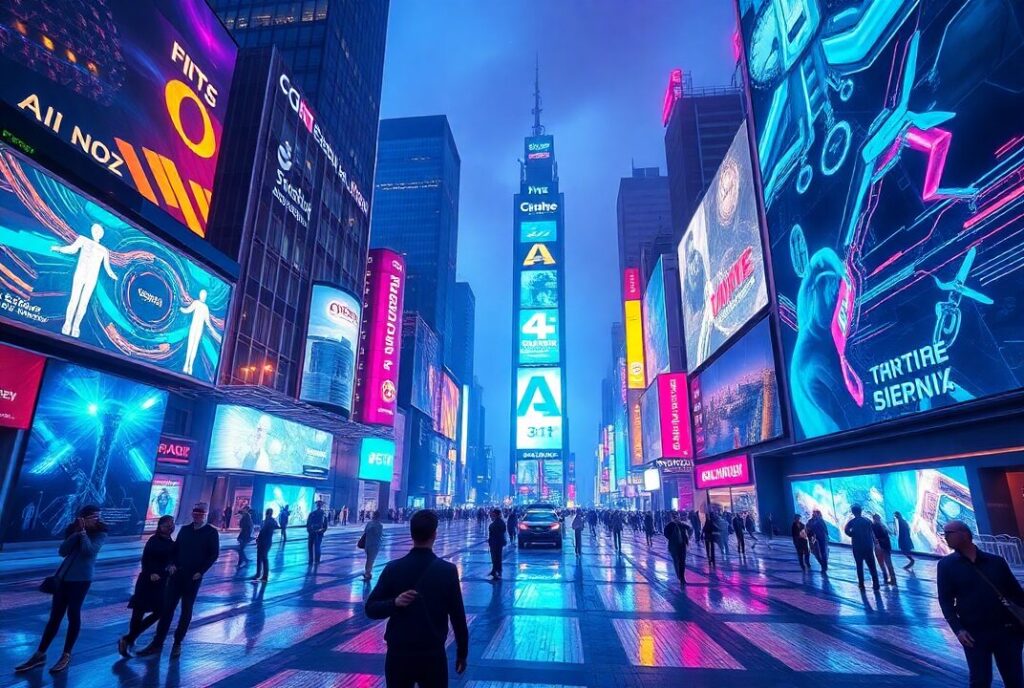Introduction
In the rapidly evolving world of artificial intelligence, immersive technology is taking center stage. Projected Panorama AI (PPAI) is redefining how we experience visual content, blending AI-powered projections with 360-degree panoramic displays. Whether in virtual reality (VR), augmented reality (AR), smart cities, or entertainment, PPAI is revolutionizing digital interactions.
The demand for immersive digital experiences has never been higher. Businesses, industries, and consumers are seeking solutions that go beyond conventional screens and displays. Projected Panorama achieves this by delivering adaptive, AI-driven, and highly interactive visual experiences.
This article explores the key features, benefits, applications, and competitive edge of Panorama AI, showing why it is the new standard in immersive AI. We will also look at emerging trends, industry challenges, and future predictions to give you a comprehensive understanding of how this technology is shaping the future.
Key Features of Projected Panorama AI
1. AI-Powered 360° Projection
- Uses deep learning algorithms to enhance image clarity and depth.
- Seamlessly adjusts projections based on user interaction and environment.
- Eliminates distortion in panoramic displays, ensuring lifelike experiences.
- Provides spatial awareness, enabling intelligent positioning and correction of visuals.
- Uses machine learning to predict and adapt to user behavior in real-time.
2. Real-Time Adaptive Rendering
- Dynamically adjusts content to optimize resolution and brightness.
- Provides ultra-smooth frame rates for immersive experiences.
- Supports real-time object detection and enhancement.
- Reduces motion blur and latency, making experiences feel instantaneous.
- Incorporates predictive AI models to forecast environmental changes and adjust projections accordingly.
3. Integration with AR/VR Technologies
- Works seamlessly with AR headsets, VR devices, and holographic displays.
- Enables interactive digital overlays on real-world environments.
- Enhances gaming, simulations, and virtual tourism experiences.
- Supports mixed reality (MR), combining real and digital objects for hybrid interactions.
- Provides multi-user experiences, enabling real-time collaboration across different locations.
4. Scalable and Versatile Applications
- Adapts to different industries, from advertising to healthcare.
- Supports large-scale installations in exhibitions and smart cities.
- Customizable AI models for industry-specific needs.
- Can be used for real-time data visualization, helping industries such as finance, logistics, and infrastructure planning.
- Works efficiently in both indoor and outdoor environments, ensuring adaptability across various locations.
Benefits and Applications
1. Next-Level Immersion in Entertainment
Projected Panorama AI is revolutionizing gaming, cinemas, and live performances by offering hyper-realistic visuals that engage audiences like never before. Interactive storytelling, AI-generated movie environments, and immersive concerts are some of the key transformations.
- Gaming: PPAI creates fully interactive 360-degree gaming experiences with AI-driven NPC behavior and dynamic environments.
- Cinema: AI-powered panoramic projections enhance movie experiences with immersive surround visuals.
- Live Events: PPAI enables concerts and theater performances with real-time adaptive visual effects, creating unique audience experiences.
2. Enhanced Smart City Displays
Cities are leveraging PPAI for AI-powered billboards, traffic monitoring, and digital art installations. These smart projections enhance urban environments with real-time data visualization and interactive public experiences.
- Public Information Displays: AI-driven projections provide real-time updates on weather, traffic, and emergency alerts.
- Cultural Enhancements: Digital art installations use AI to create ever-evolving artistic landscapes in public spaces.
- Tourism & Navigation: Interactive city guides powered by AI help tourists with real-time navigation and cultural insights.
3. Breakthroughs in Healthcare and Training
- Medical professionals use PPAI for immersive surgical simulations and AI-assisted diagnostics.
- Corporate training programs leverage AI-driven panoramic content for lifelike training experiences.
- Mental Health & Therapy: AI-powered immersive environments are used in VR therapy for stress relief, phobia treatment, and PTSD rehabilitation.
- Medical Imaging: AI-enhanced projections assist doctors in visualizing complex medical data in a more intuitive way.
4. Retail and Advertising Revolution
- AI-powered holographic displays enhance customer engagement.
- Retailers use interactive, personalized projections to improve shopping experiences.
- Smart fitting rooms: AI-powered projections enable virtual clothing try-ons without the need for physical garments.
- AI-driven advertisements: Digital billboards adapt content dynamically based on audience demographics and engagement metrics.
Emerging Trends and Challenges
Emerging Trends
- 5G and Edge AI: Faster processing power will enhance real-time immersive projections.
- AI-Generated Content: Machine learning will create and modify panoramic content dynamically.
- Haptic Feedback Integration: Combining touch-based interactions with immersive projections.
- Multi-Sensory Experiences: Integration of sound, scent, and temperature simulations for deeper immersion.
Challenges and Limitations
- High Infrastructure Costs: Large-scale AI-powered projections require advanced hardware and setup.
- Power Consumption: AI processing and high-quality rendering demand significant energy resources.
- Content Development: Requires specialized skills to create dynamic, AI-enhanced panoramic content.
- Privacy Concerns: AI-powered smart projections must address data privacy and security issues.
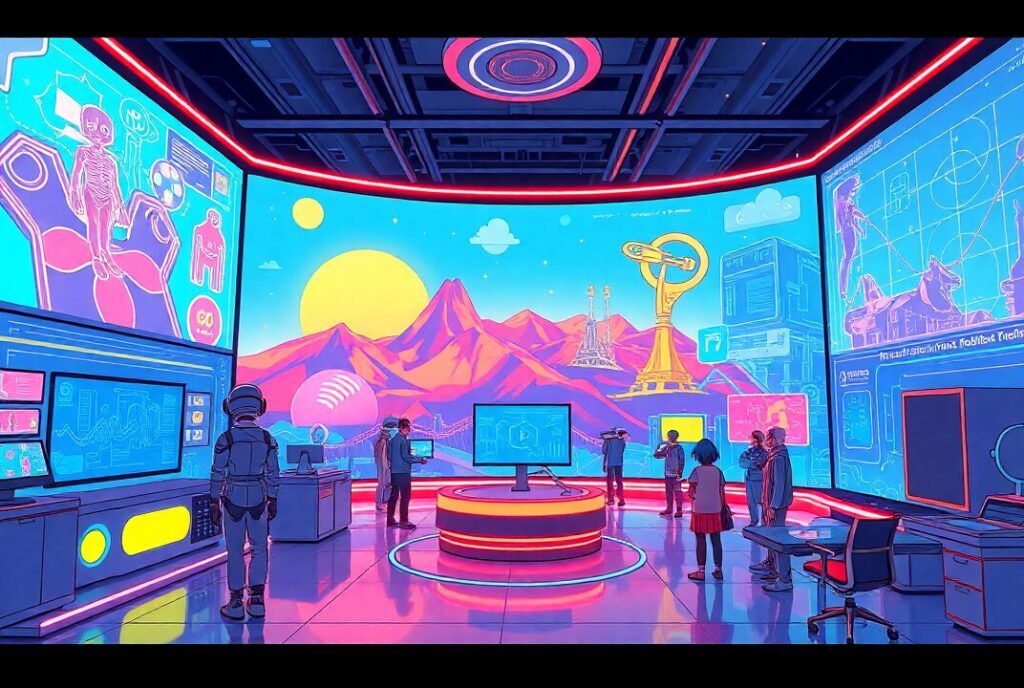
Comparison with Alternatives
| Feature | Projected Panorama | Traditional 360° Projection | Static Digital Displays |
| AI Integration | ✅ Yes | ❌ No | ❌ No |
| Real-Time Adaptation | ✅ Yes | ❌ No | ❌ No |
| Interactive Capabilities | ✅ High | ⚠️ Limited | ❌ None |
| Scalability | ✅ High | ⚠️ Moderate | ⚠️ Limited |
| Application Range | ✅ Wide | ⚠️ Moderate | ❌ Narrow |
Unlike traditional 360° projections, PPAI offers AI-powered adaptability, real-time rendering, and interactive functionalities, making it the superior choice for immersive experiences.
Conclusion
Projected Panorama AI is not just another projection technology—it is the new standard in immersive AI, transforming entertainment, smart cities, healthcare, and advertising. With its AI-driven adaptability, real-time enhancements, and seamless integration with AR/VR, PPAI is setting a new benchmark for digital experiences.
Are you ready to embrace the future of AI-powered immersive displays? Stay ahead of the curve with Projected AI.
FAQs
1. What is Projected Panorama AI?
Projected Panorama Artificial intelligence (PPAI) is an AI-powered panoramic projection technology that enhances immersion, clarity, and adaptability in visual displays.
2. What industries benefit from Projected Panorama Artificial Intelligence?
Industries including entertainment, smart cities, healthcare, advertising, and retail can leverage PPAI for enhanced visual experiences.
3. How will PPAI evolve in the future?
With AI advancements, 5G, and sensor integration, PPAI will become even more immersive, adaptive, and widespread.

